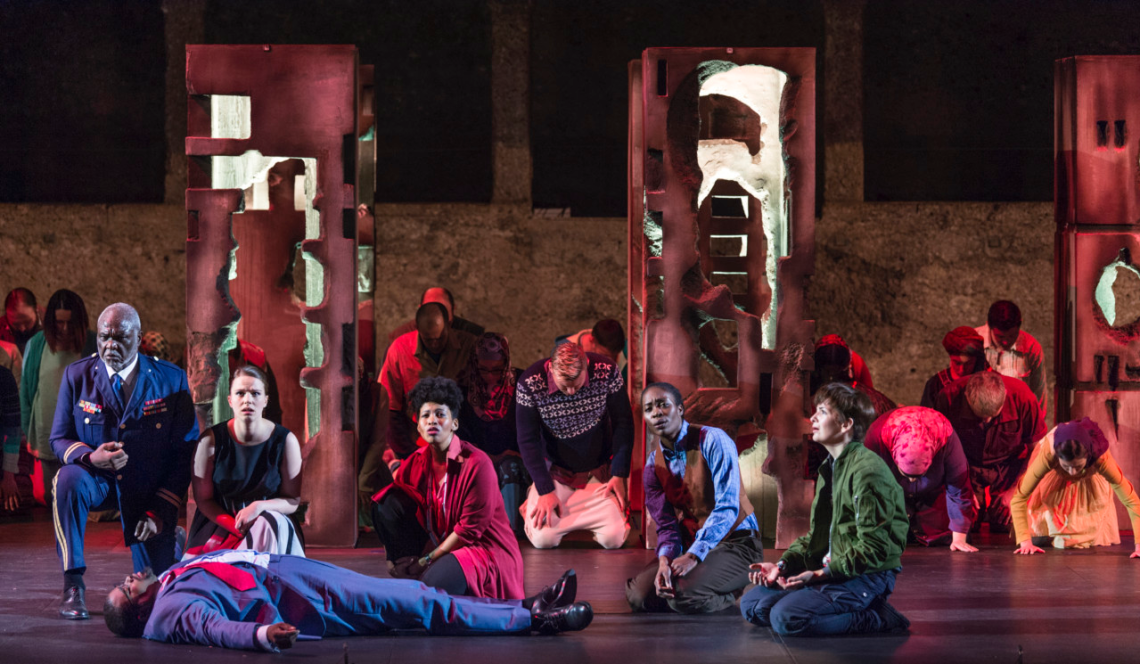Theater, as an art form, is an intricate tapestry woven from various creative threads. At its heart lies the concept of dramaturgy—the craft of composing and orchestrating the elements that coalesce to bring a narrative to life on stage. It’s an artistry that harmonizes diverse elements, blending story, character, setting, dialogue, and performance to create a vivid and compelling theater experience.
Unveiling Dramaturgy: The Essence of Theatrical Composition
Dramaturgy serves as the blueprint, the roadmap that guides the creation and execution of a theatrical piece. It encompasses the seamless integration of myriad components—each playing a crucial role in the storytelling process. It’s the very essence that breathes life into a narrative, shaping its essence and enabling its resonance with the audience.
The Canvas: Setting and Scenography
The physical space of the stage forms the canvas on which the theatrical narrative unfolds. Scenography, the art of stage design, plays a pivotal role in evoking the atmosphere and transporting the audience into the world of the play. Through the interplay of set design, lighting, sound, and props, the setting becomes a living, breathing entity—a silent yet potent character in the story.
Characters: The Heartbeat of the Story
Characters are the lifeblood of any theatrical production. Their depth, motivations, conflicts, and evolution are central to engaging the audience. Through the skillful crafting of dialogue and the portrayal by actors, characters leap off the page, transcending mere words to become tangible entities that resonate with the audience’s emotions and experiences.
Dialogue: The Art of Verbal Choreography
Dialogue is the vehicle through which characters express themselves, revealing their thoughts, emotions, and intentions. A well-crafted script utilizes dialogue as a powerful tool, employing rhythm, pacing, subtext, and linguistic nuances to captivate and engage the audience.
Performance: Breathing Life into Characters
The actors’ interpretation and portrayal of characters infuse them with vitality, transforming them from words on a page into living, breathing personas. The nuances of gesture, voice modulation, facial expressions, and body language serve as the conduit through which the audience connects with the characters on an emotional level.
Narrative Structure: The Architectural Framework
The structure of a play, its pacing, and the arrangement of its elements contribute significantly to its impact. Whether employing a linear progression or experimenting with non-linear storytelling, the narrative structure guides the audience through the emotional arcs and thematic layers of the story.
Harmony in Diversity: The Collaboration of Artistic Minds
Behind the curtains, a harmonious collaboration of playwrights, directors, designers, actors, and technicians occurs—a convergence of diverse talents working in synergy to bring a vision to fruition. Each contribution is a brushstroke on the canvas of the performance, contributing to the seamless fusion of elements.
The Audience: The Final Ingredient
Ultimately, the audience becomes an integral part of the theatrical experience. Their reactions, emotions, and engagement complete the circle, validating the harmonious blend of dramaturgy’s elements. It’s through their eyes, hearts, and minds that the magic of theater truly comes alive.
Conclusion: The Ever-Evolving Symphony of Theater
In the grand symphony of theater, dramaturgy stands as the conductor, guiding the convergence of elements to create a resonant and impactful experience. As theater evolves and adapts to changing times and audiences, the art of dramaturgy continues to serve as the compass, navigating the exploration of new narratives, styles, and expressions.
Theater’s dramaturgy is a testament to the alchemy of creativity—the fusion of various elements, each playing a distinctive role yet harmonizing together to create a tapestry that captivates, enlightens, and transcends the boundaries of time and space.





